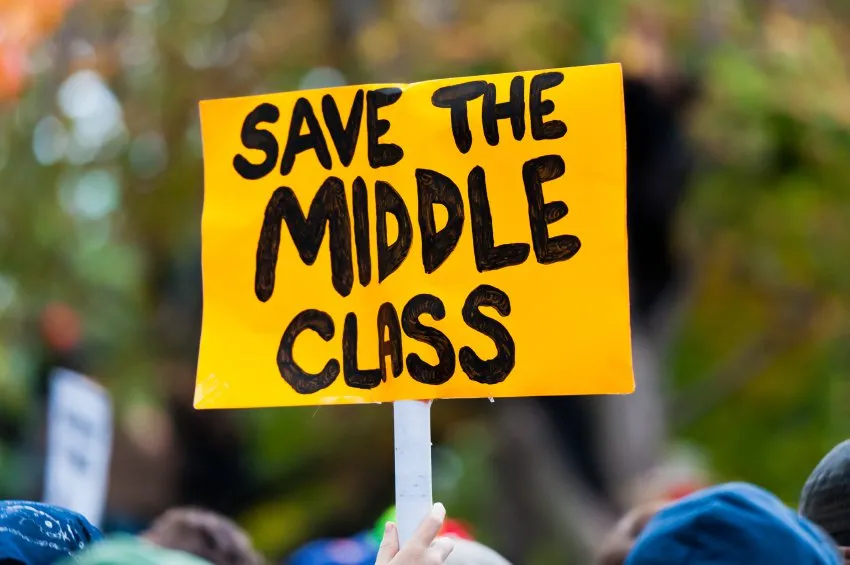N.C. unions gained ground in 2015

BLS: Union membership is up in a majority of southern states
The Bureau of Labor Statistics released its annual economic report on union membership this week, which showed that unionization rates in the United States remained steady in 2015 at 11.1% of all workers or 14.8 million people. In 1983, that rate was 20.1%.
North Carolina fared better in state rankings last year - after an inexplicable decline in 2014 - rising a full percentage point to 49th, ahead of South Carolina, with 3.0% or 123,000 workers here belonging to a union. In fact, most states in the South gained union members last year.
"The increase in union membership in a majority of southern states, including North Carolina, confirms what polls have shown time and again: most workers support unions," said state AFL-CIO secretary-treasurer MaryBe McMillan in a statement. "Unfortunately, with our weak labor laws and lax penalties for companies who violate workers' rights, too few working people get the chance to join a union, and as a result, we’ve seen wages stagnate and inequality increase.
"History shows that union membership directly correlates with the middle-class' share of income. That’s why we will continue to work with our community partners and religious leaders to push for laws to protect workers’ right to organize and collectively bargain." -- MaryBe McMillan
"The latest numbers on union density are simply another sign of how working people continued to make their voice on the job heard, despite relentless attempts to drown them out by anti-worker politicians and corporate interests," said AFL-CIO communications director Eric Hauser in response to the report.
"While not nearly enough, in 2015 millions of working people were able to bargain for a better life. A voice on the job matters to working people and we will continue to make our voices heard in the workplace and at the ballot box." -- Eric Hauser
More interesting data from the latest BLS report
1. Right to Work is a problem: There actually were 167,000 North Carolina workers represented by unions last year, but because of our state's so-called right to work law, union members had to cover the costs of negotiating and enforcing union contracts for 44,000 freeloaders who didn't pay a dime - a significant financial burden that underscores the intent of these laws is to weaken unions and lower wages.
2. The union wage advantage is real: Median weekly earnings for union members were more than $200 higher than non-union members - an annual wage advantage of more than $10,000.
3. Unions are stronger in the public sector: Even though there are slightly more private sector union members, public sector workers are 5 times as likely to join a union. So it should come as no surprise that Corporate America and its bought politicians are trying to destroy public employee unions.
4. African Americans are more likely to join unions: Compared to whites (10.8%) and Hispanics (9.4%), 13.6% of black workers are union members.
5. Full-time workers twice as likely to join unions: Only 5.9% of part-time workers are union members compared to 12.2% of full-time workers, which makes the increasing prevalence of part-time and contingent jobs since the Great Recession an even bigger problem.
Read the full BLS report here and view the state-by-state breakdown here.
